NASA Picks SpaceX, Blue Origin and More to Join Private Moon Lander Project
NASA has recruited SpaceX's Starship, Blue Origin's Blue Moon and three other commercial lunar lander ideas to join its Artemis moon program.
Today (Nov. 18), NASA announced the selection of SpaceX, Blue Origin, Sierra Nevada Corp., Ceres Robotics and Tyvak Nano-Satellite Systems, Inc. to join its Commercial Lunar Payload Services program (CLPS). The five companies can now vie to deliver robotic payloads to the lunar surface for NASA, helping to pave the way for the return of astronauts to the moon by 2024.
"American aerospace companies of all sizes are joining the Artemis program," NASA Administrator Jim Bridenstine said in a statement. "Expanding the group of companies who are eligible to bid on sending payloads to the moon's surface drives innovation and reduces costs to NASA and American taxpayers. We anticipate opportunities to deliver a wide range of science and technology payloads to help make our vision for lunar exploration a reality and advance our goal of sending humans to explore Mars."
Related: SpaceX's Starship and Super Heavy Mars Rocket in Pictures
The five companies join nine others selected by CLPS in November 2018, bringing the total number of private moon lander hopefuls to 14 firms.
The newly selected five are:
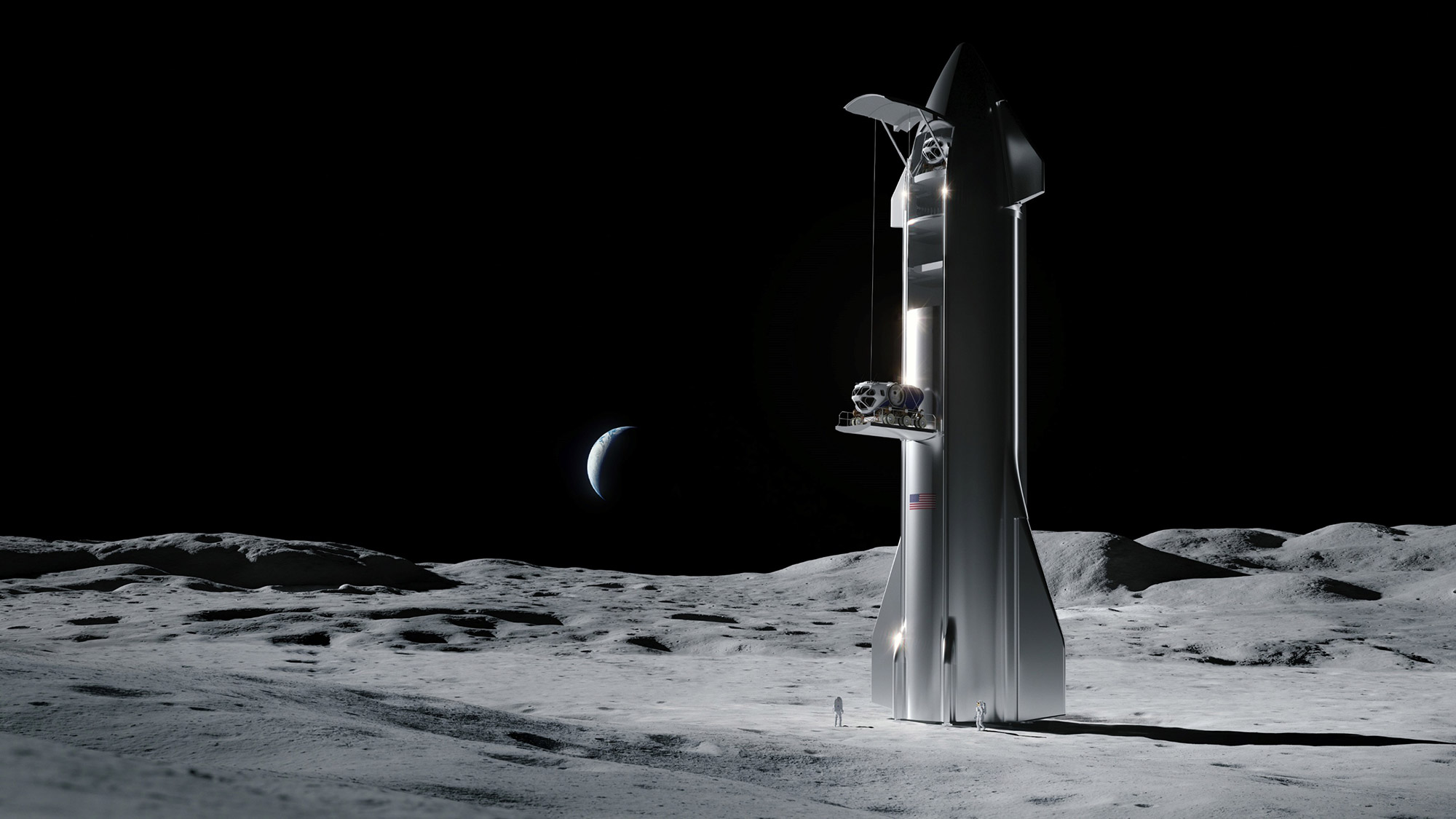
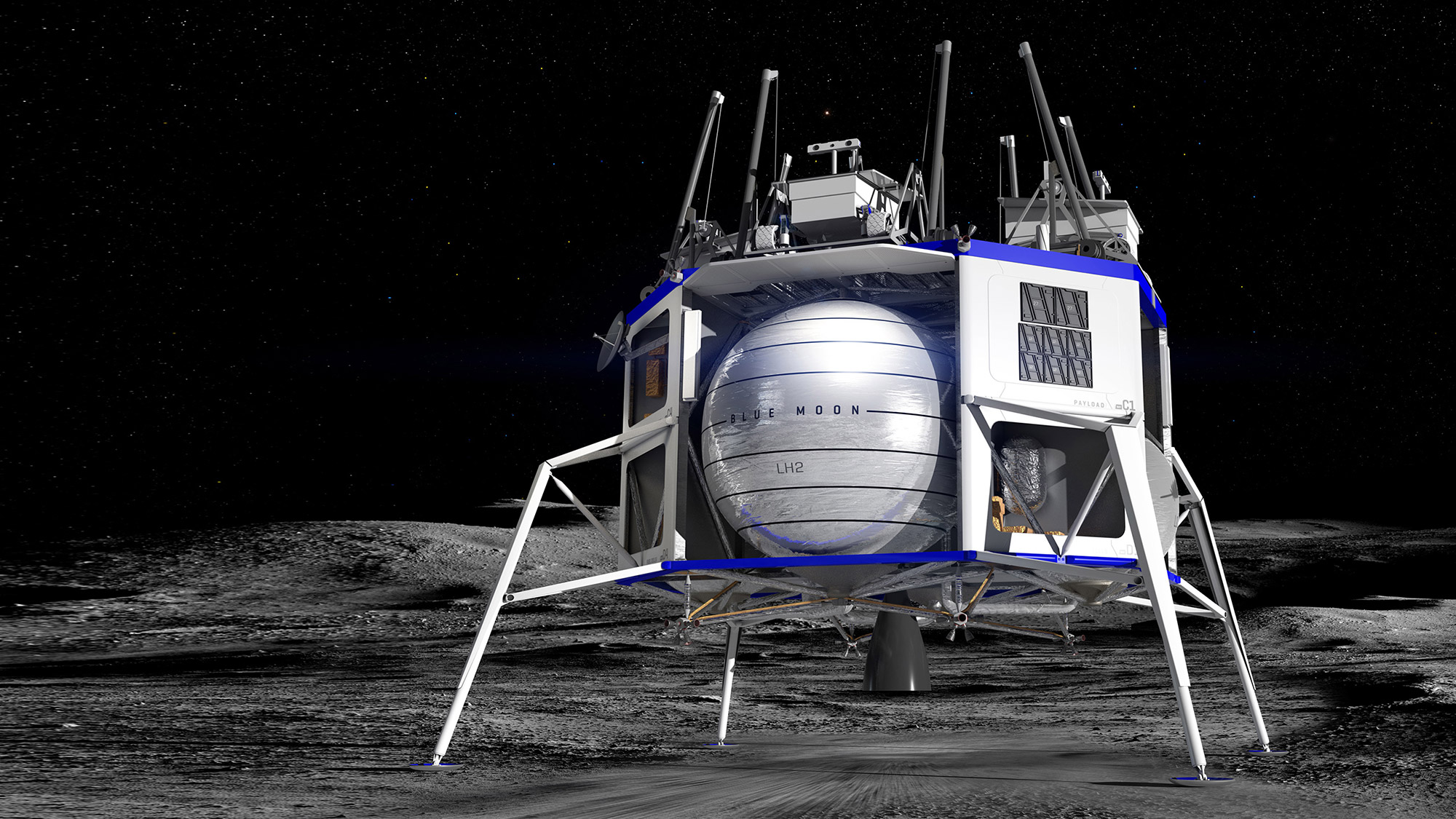
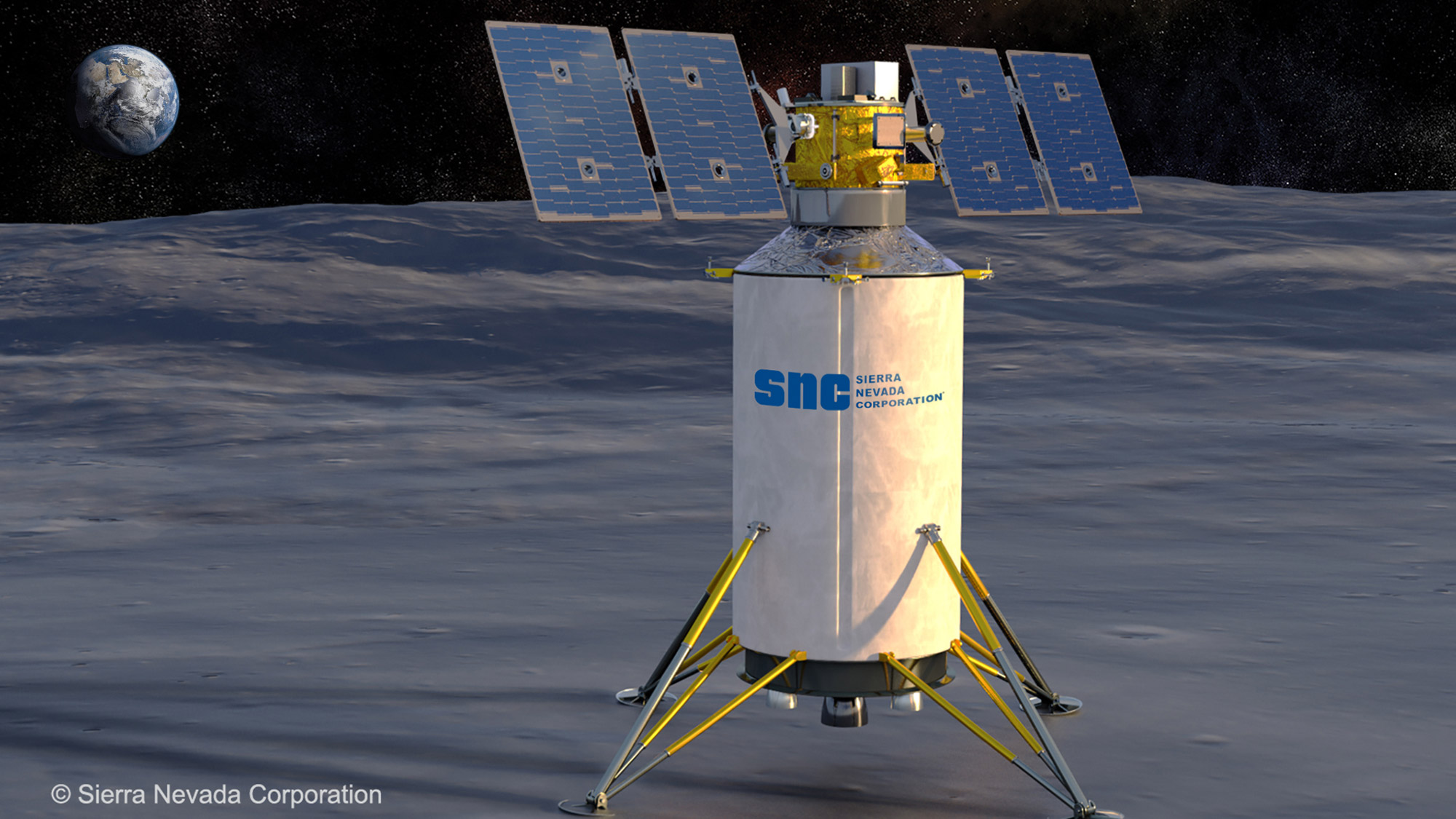
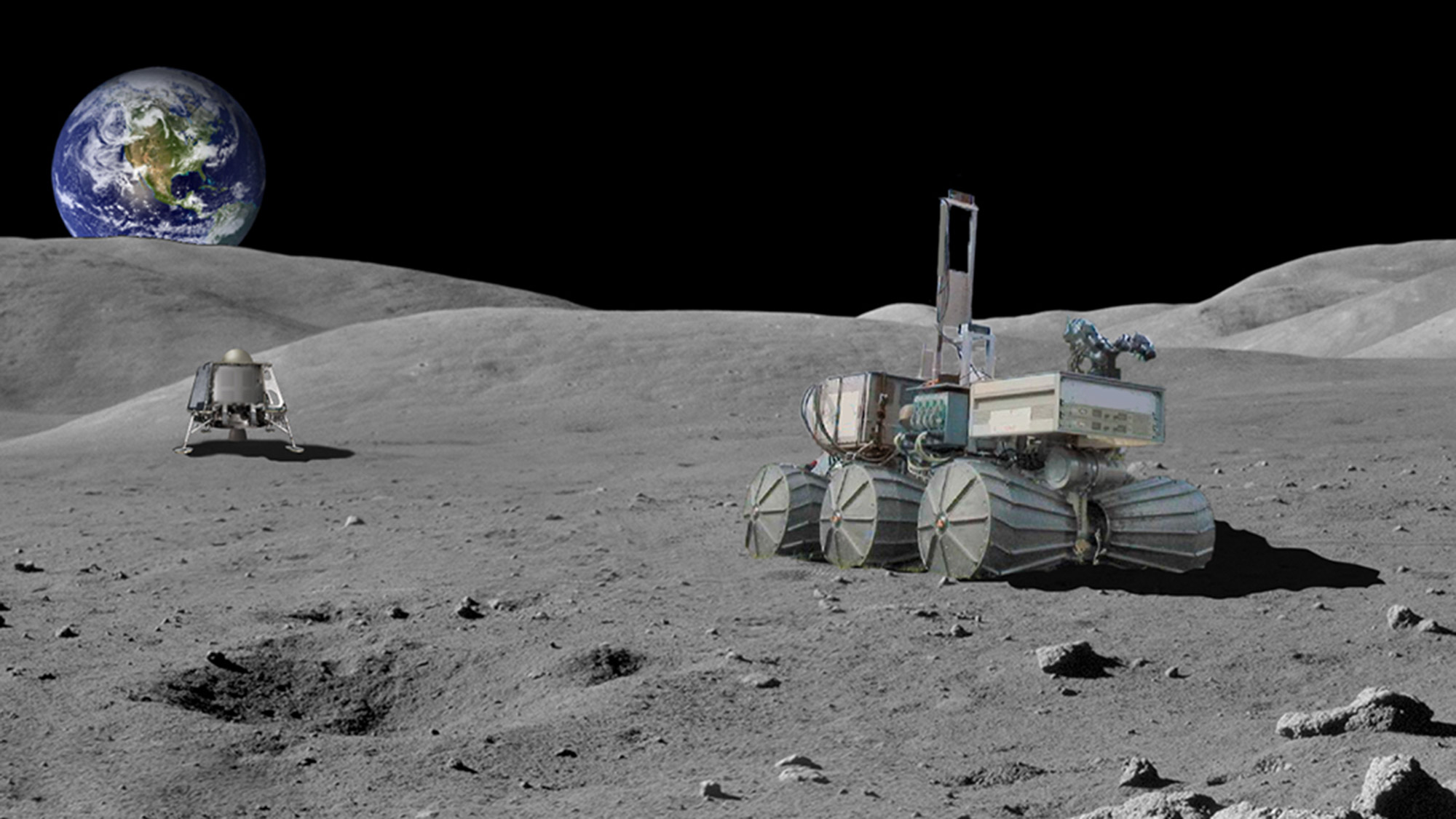
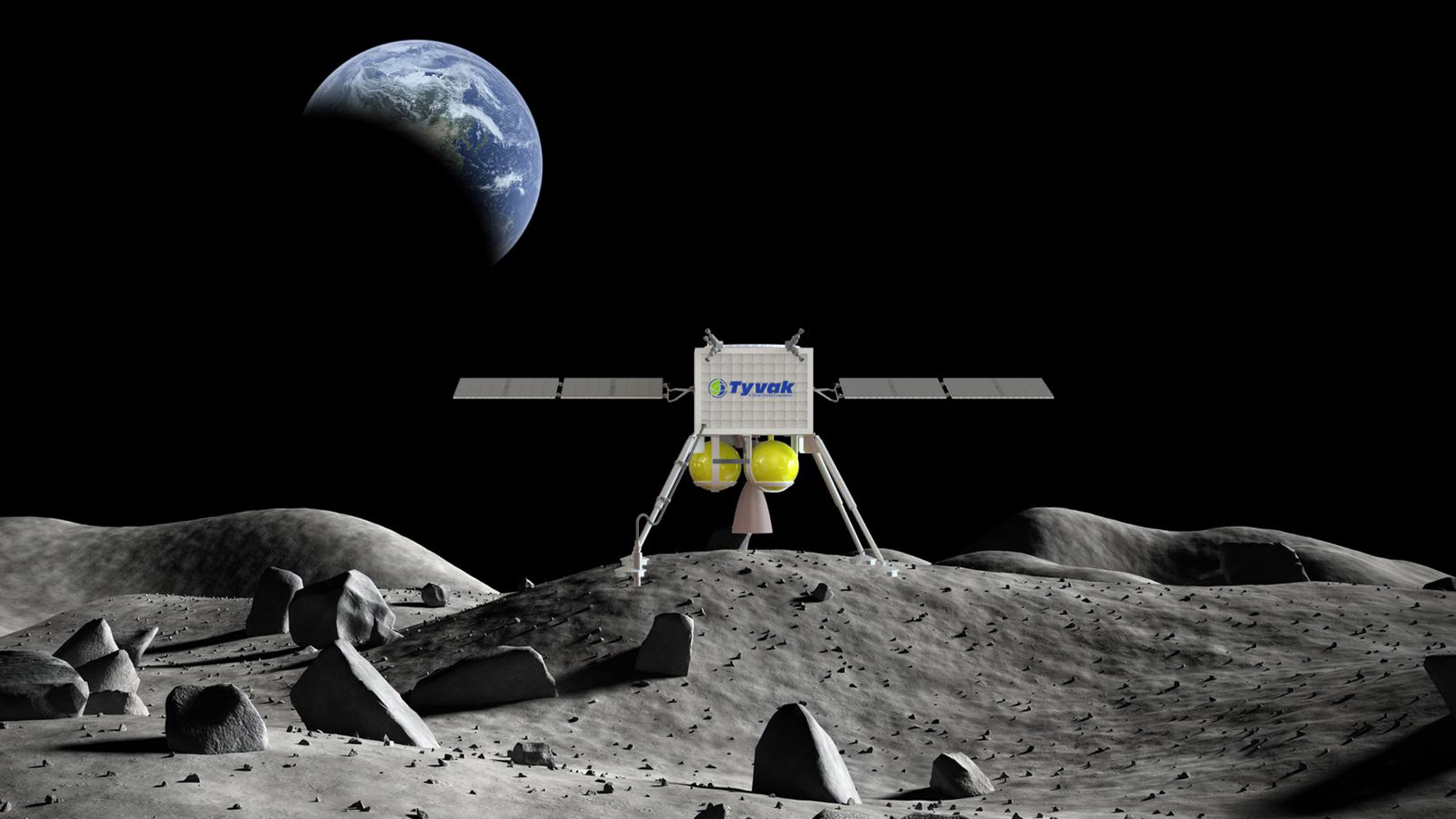
- Blue Origin, Kent, Washington
- Ceres Robotics, Palo Alto, California
- Sierra Nevada Corporation, Louisville, Colorado
- SpaceX, Hawthorne, California
- Tyvak Nano-Satellite Systems Inc., Irvine, California
They include moon lander concepts of all sizes. They range from the truly massive — SpaceX's towering Starship vehicle — to land multiple rovers on the moon, to the smaller one-off probes like the boxy concept proposed by Tyvak Nano-Satellite Systems.
Get the Space.com Newsletter
Breaking space news, the latest updates on rocket launches, skywatching events and more!
"The CLPS initiative was designed to leverage the expertise and innovation of private industry to get to the Moon quickly," Thomas Zurbuchen, NASA's associate administrator of the Science Mission Directorate, said in the statement. "As we build a steady cadence of deliveries, we’ll expand our ability to do new science on the lunar surface, develop new technologies, and support human exploration objectives."
Blue Origin's lander concept is based on its Blue Moon uncrewed vehicle, which the company's billionaire founder Jeff Bezos announced earlier this year.
Sierra Nevada Corp. and Ceres Robotics are developing mid-sized landers that could potentially be scaled up to larger vehicles in the future.
NASA plans to use private moon landers built by these partner companies to deliver rovers like the agency's new Volatiles Investigating Polar Exploration Rover (VIPER) to the moon's south pole. Other payloads could include power stations, science experiments and other lunar infrastructure.
NASA plans to spend a total of $2.6 billion on its CLPS contracts through November 2028, agency officials said. The 14 companies currently in the program can bid on NASA delivery services.
"All of them bring to the table different strengths and different ideas," Clarke said in a telecon with reporters today. "That's the intent, is to really broaden the pool — to bring on additional capabilities with new, innovative ideas so that our solution set is somewhat broader now."
In July, NASA awarded the first three contracts under the program, awarding lander missions to companies Astrobotic, Intuitive Machines and Orbit Beyond. Orbit Beyond dropped out of that contract but remains eligible to bid on future opportunities.
"Buying rides to the Moon to conduct science investigations and test new technology systems, instead of owning the delivery systems, enables NASA to do much more, sooner and for less cost, while being one of many customers on our commercial partners' landers," NASA's Steve Clarke, deputy associate administrator for exploration in the science directorate, said in the statement.
Artemis aims to put the first woman, and the next man, on the lunar surface by 2024 and to establish a long-term, sustainable human presence on and around the moon by 2028.
Such activities will help NASA develop the expertise necessary to put boots on Mars, something the agency wants to do in the 2030s, agency officials have stressed.
NASA is also looking to the private sector to develop crewed moon landers. This past May, the agency selected 11 companies to conduct studies and build prototypes. These 11 had until Nov. 1 to submit detailed proposals for the Artemis human lander, and NASA is expected to pick up to four finalists early next year.
- Moon Rush: Private Lunar Lander Plans
- Here's Where Commercial Landers Will Land on the Moon for NASA
- NASA: The International Space Station Is Open for Business in Orbit
Correction: An earlier version of this story stated that the newly selected companies would build private moon landers for NASA. Their selection makes them eligible to compete for commercial moon lander contracts. Also, while Orbit Beyond stood down from its lander contract earlier this year, the company remains part of the CLPS program and is eligible to compete on future opportunities.
Email Tariq Malik at tmalik@space.com or follow him @tariqjmalik. Follow us on Twitter @Spacedotcom and on Facebook.

Join our Space Forums to keep talking space on the latest missions, night sky and more! And if you have a news tip, correction or comment, let us know at: community@space.com.

Tariq is the Editor-in-Chief of Space.com and joined the team in 2001, first as an intern and staff writer, and later as an editor. He covers human spaceflight, exploration and space science, as well as skywatching and entertainment. He became Space.com's Managing Editor in 2009 and Editor-in-Chief in 2019. Before joining Space.com, Tariq was a staff reporter for The Los Angeles Times covering education and city beats in La Habra, Fullerton and Huntington Beach. In October 2022, Tariq received the Harry Kolcum Award for excellence in space reporting from the National Space Club Florida Committee. He is also an Eagle Scout (yes, he has the Space Exploration merit badge) and went to Space Camp four times as a kid and a fifth time as an adult. He has journalism degrees from the University of Southern California and New York University. You can find Tariq at Space.com and as the co-host to the This Week In Space podcast with space historian Rod Pyle on the TWiT network. To see his latest project, you can follow Tariq on Twitter @tariqjmalik.









